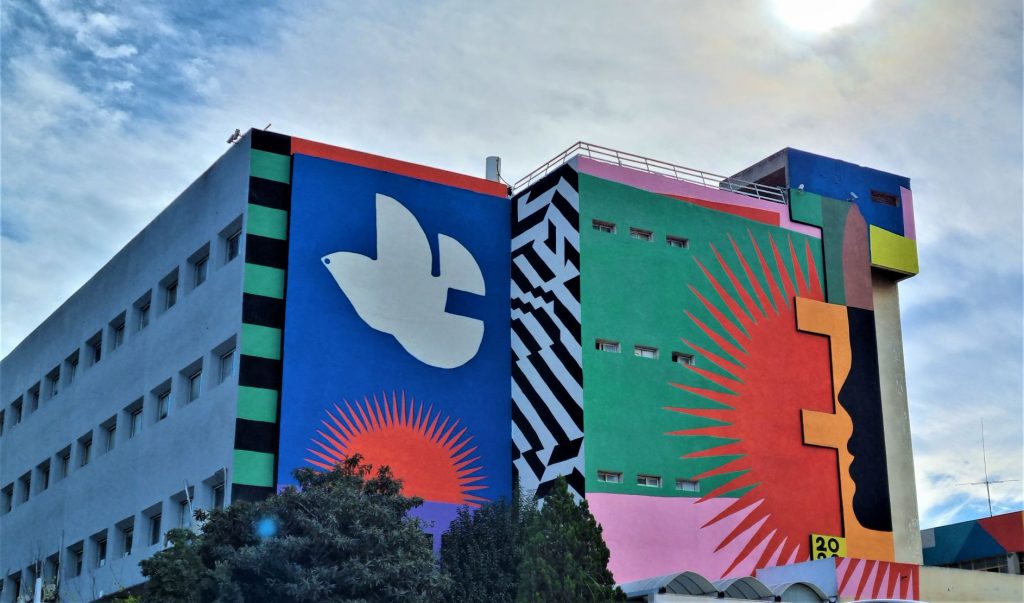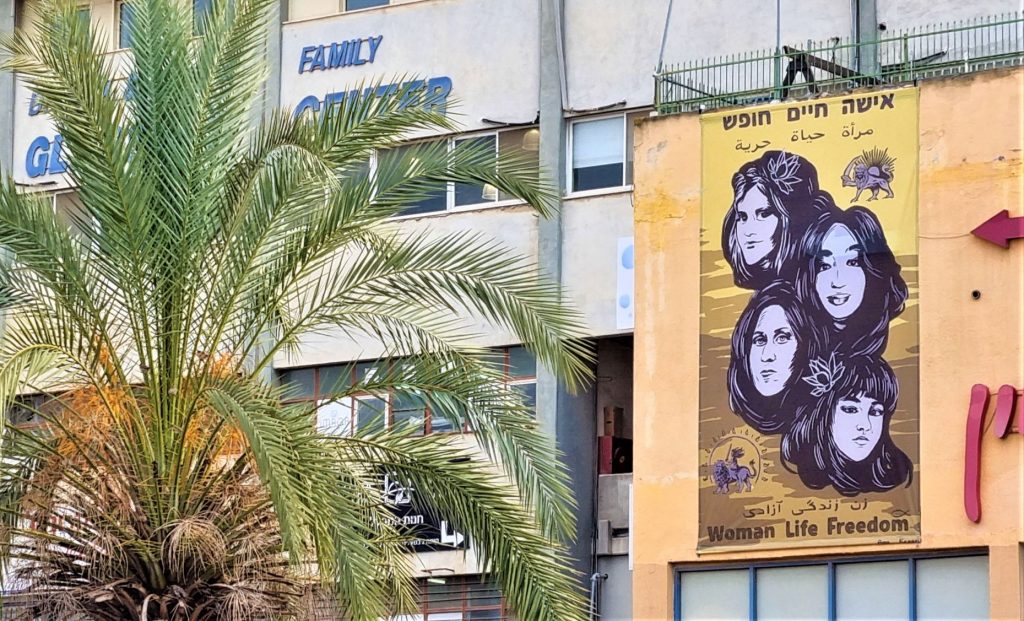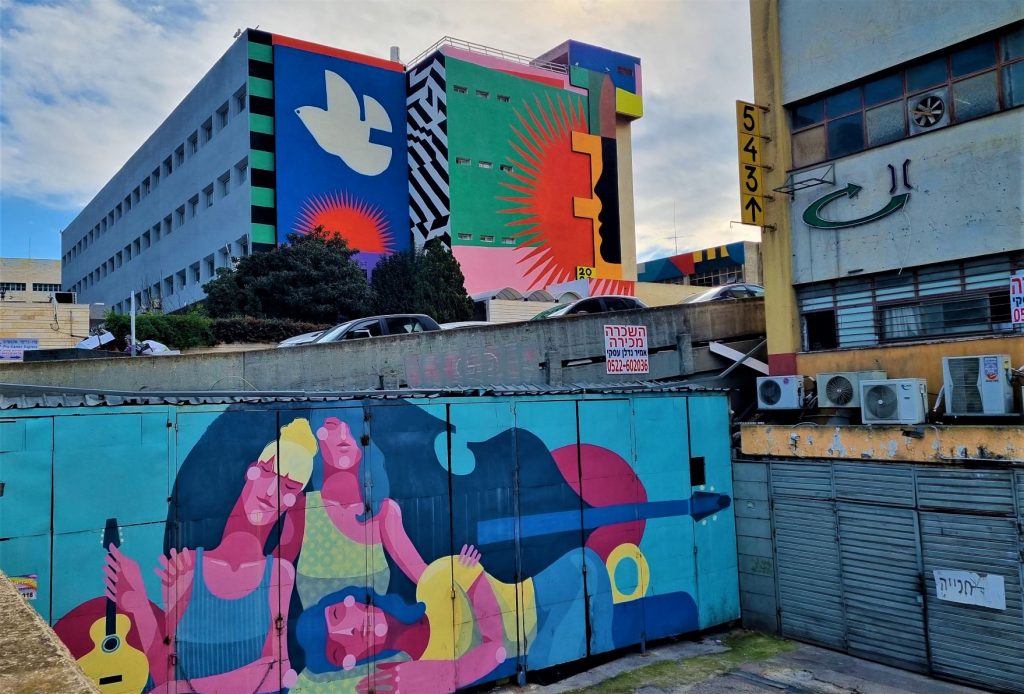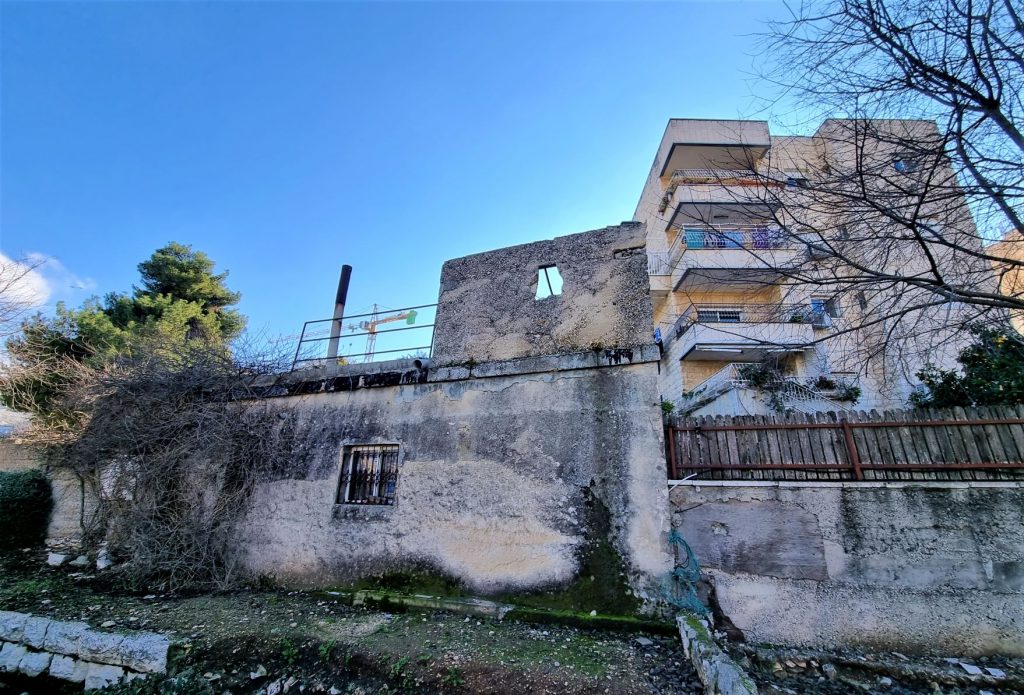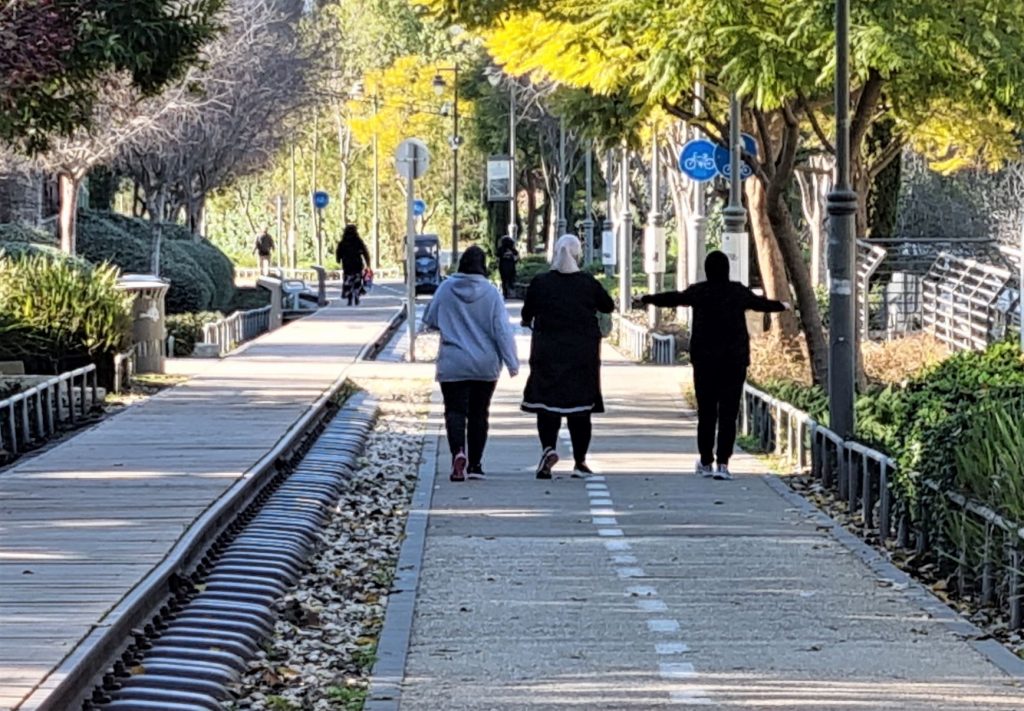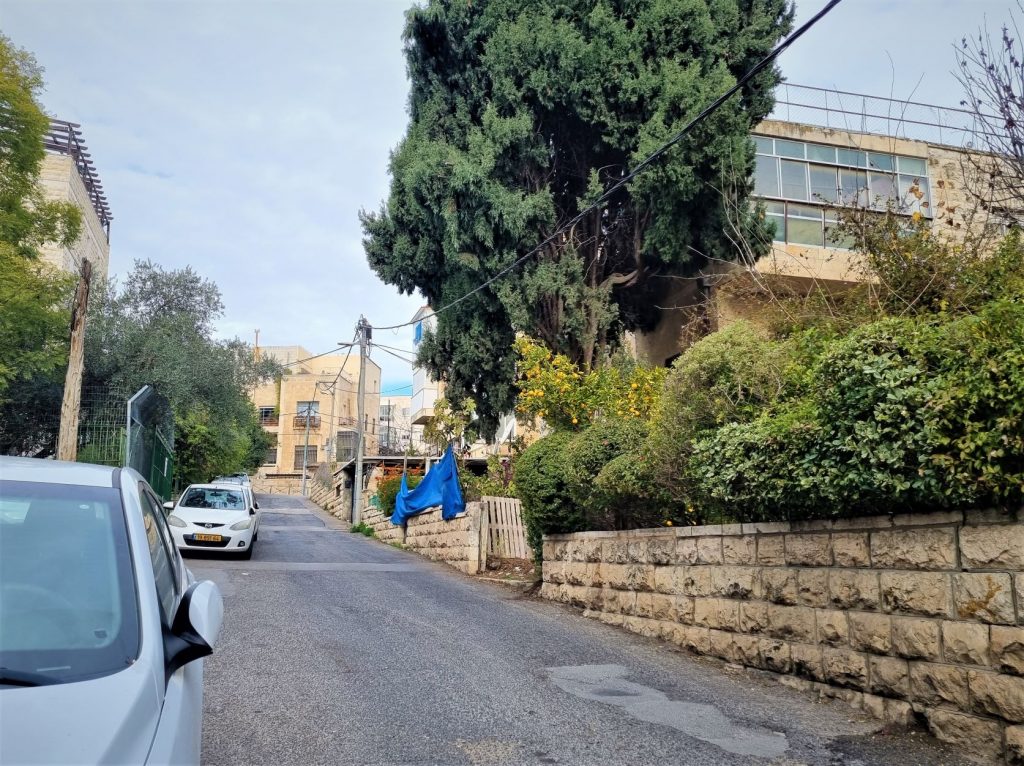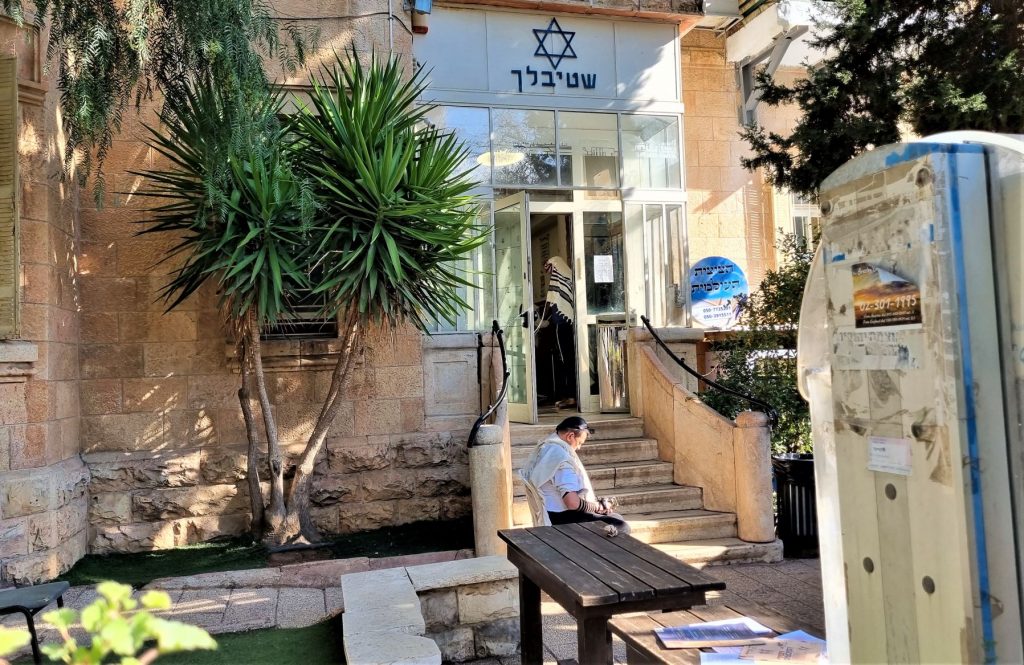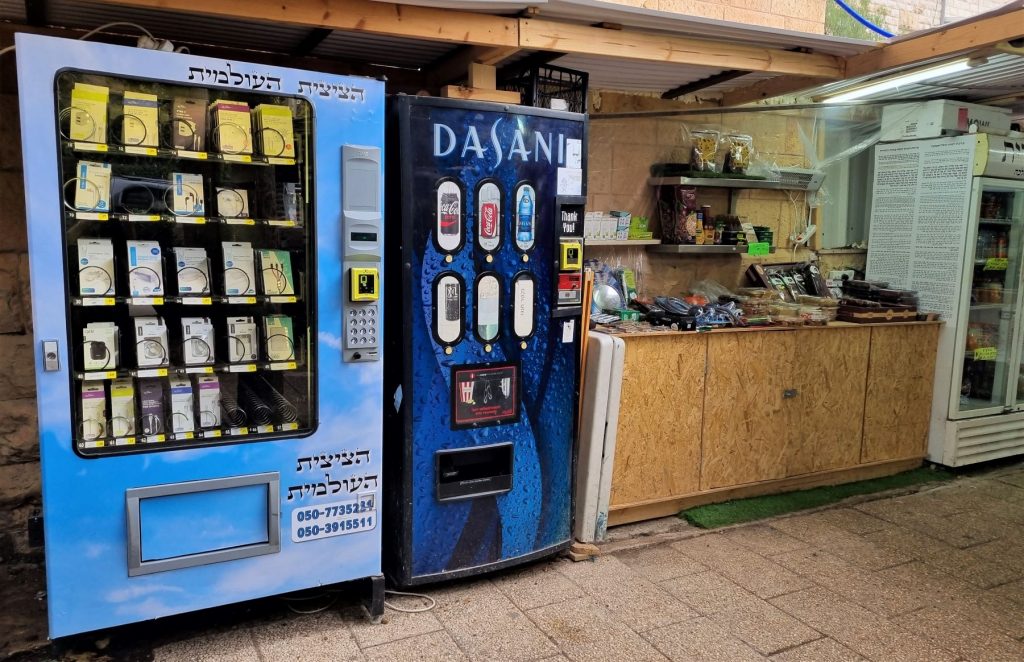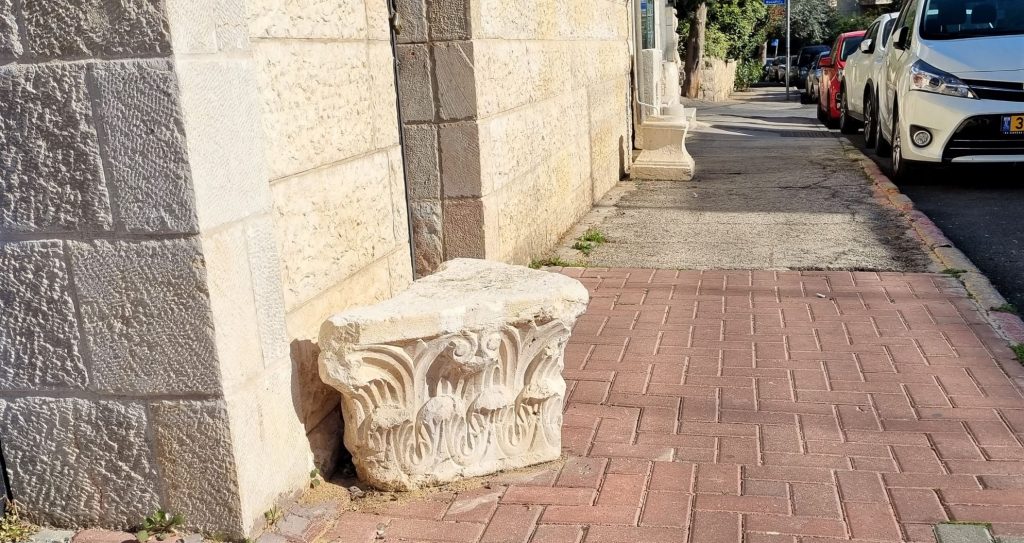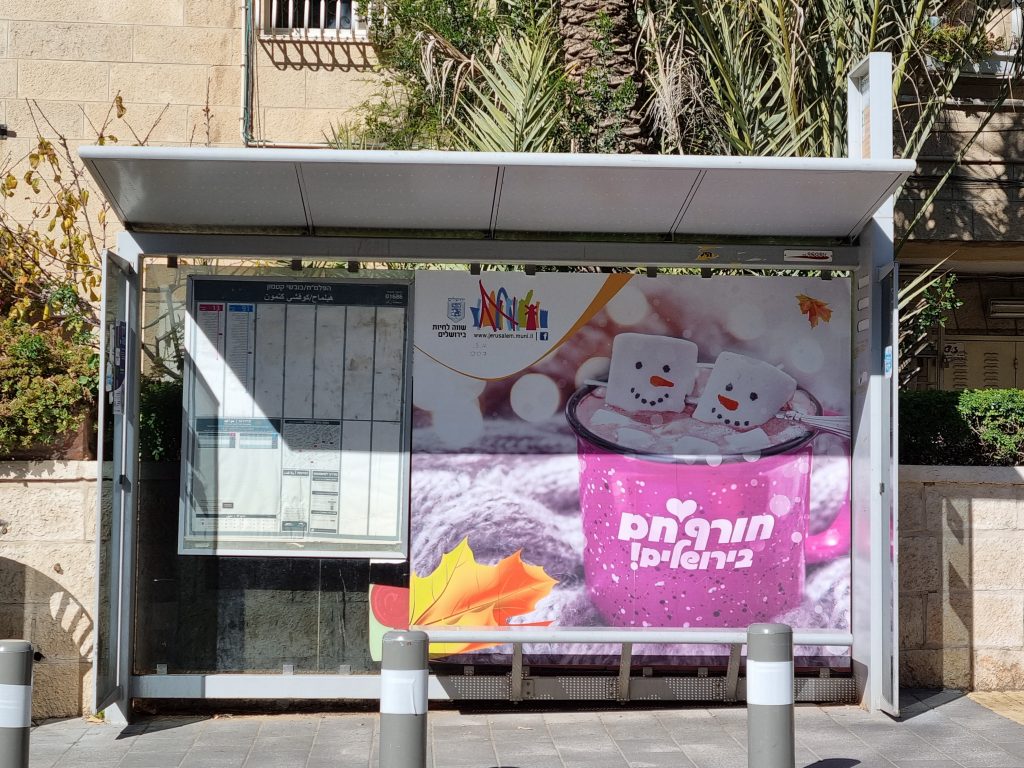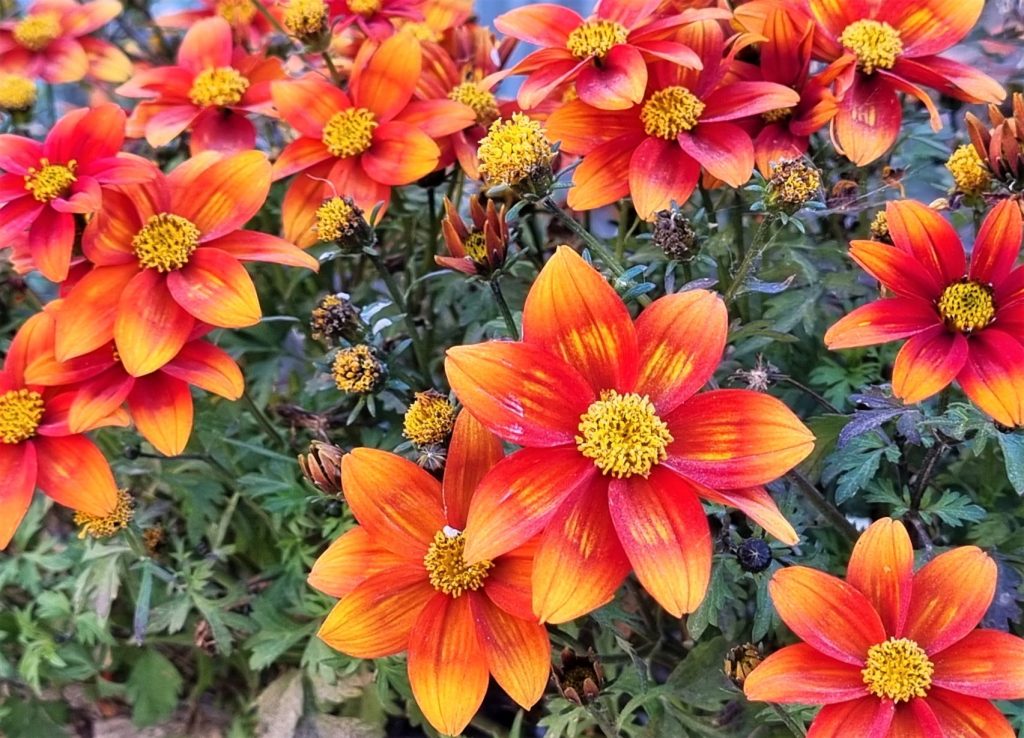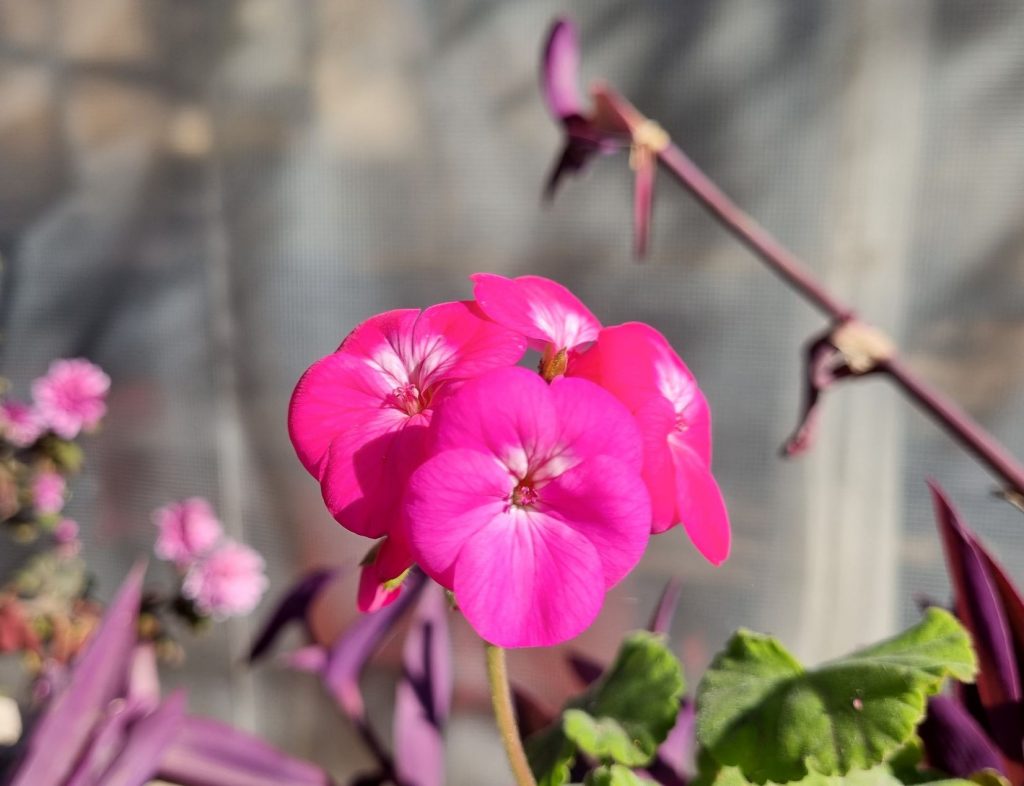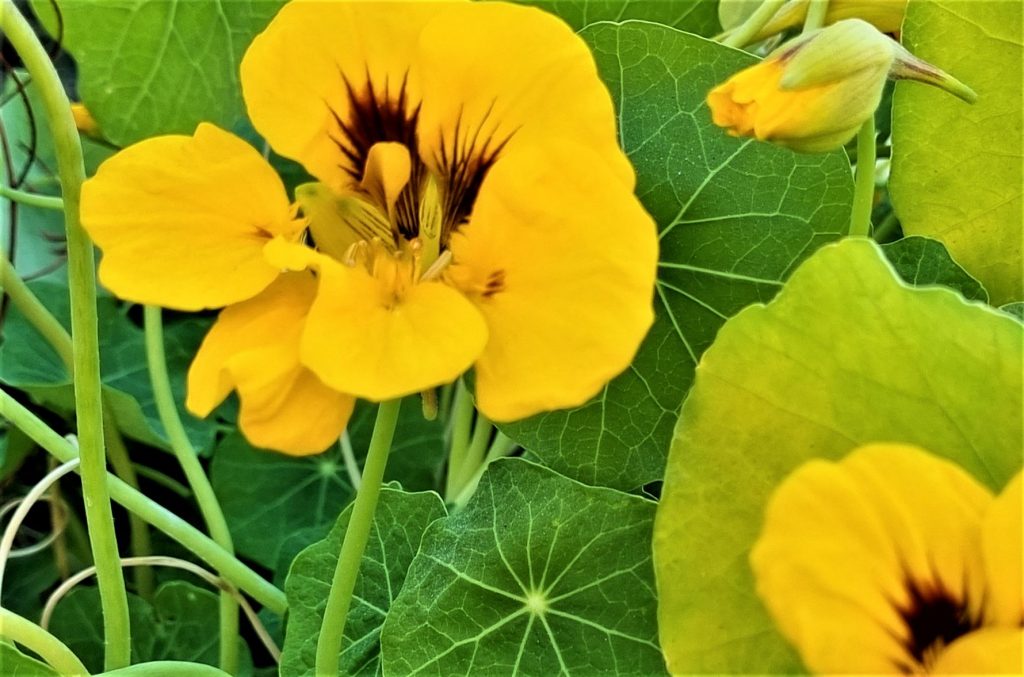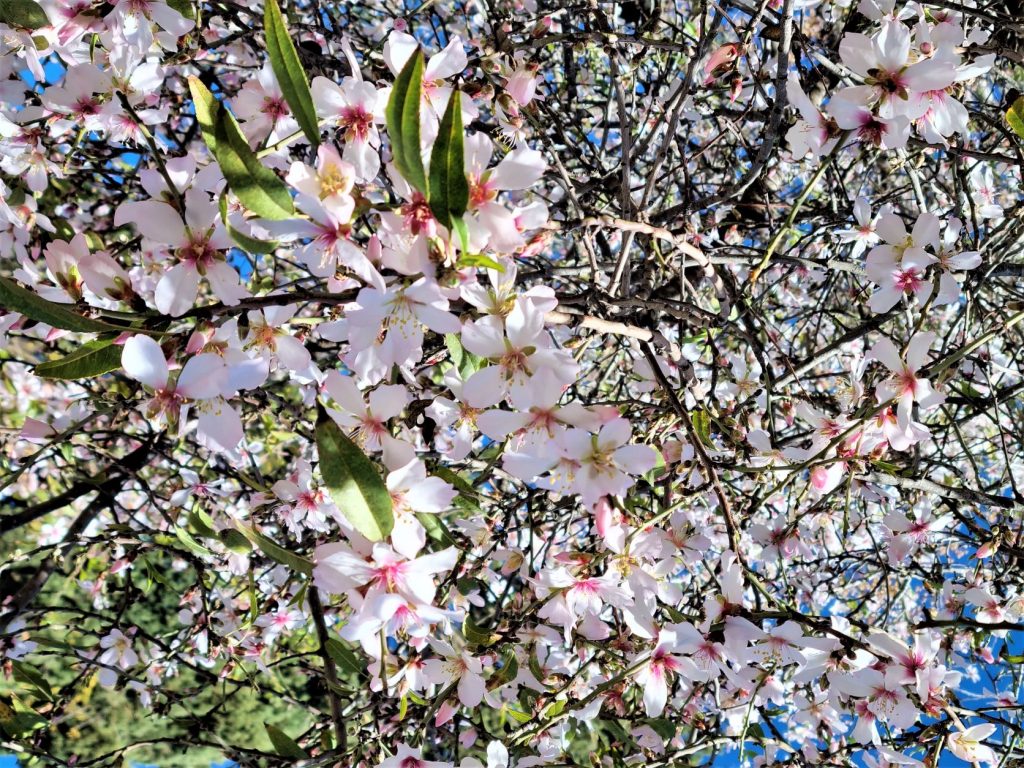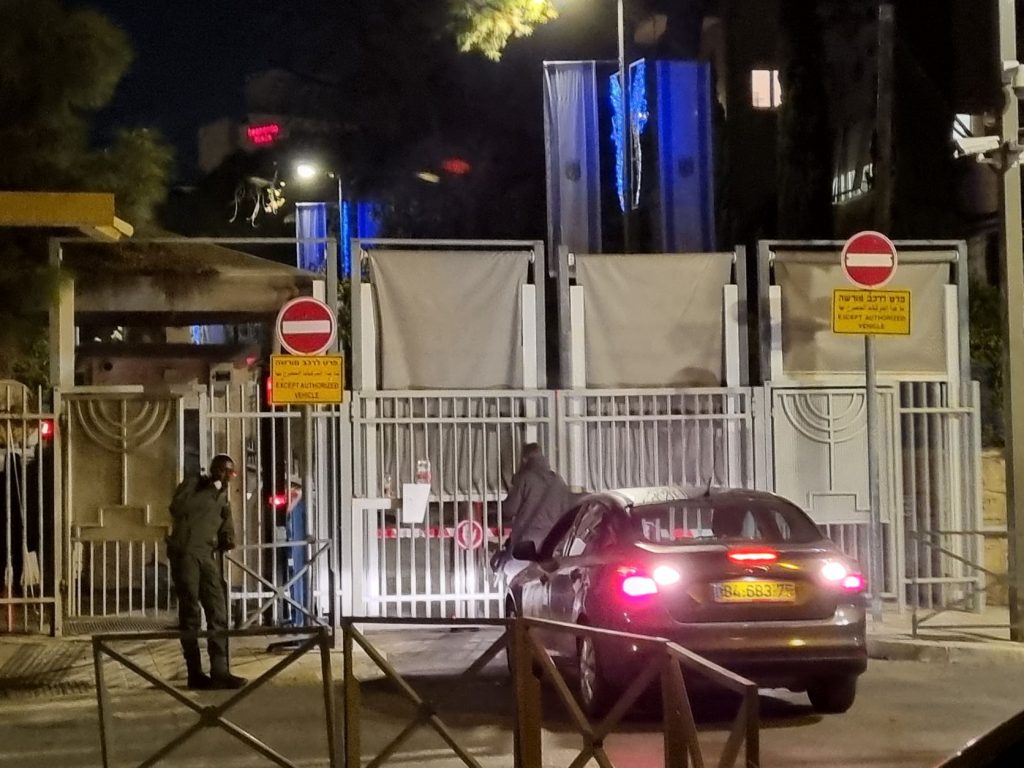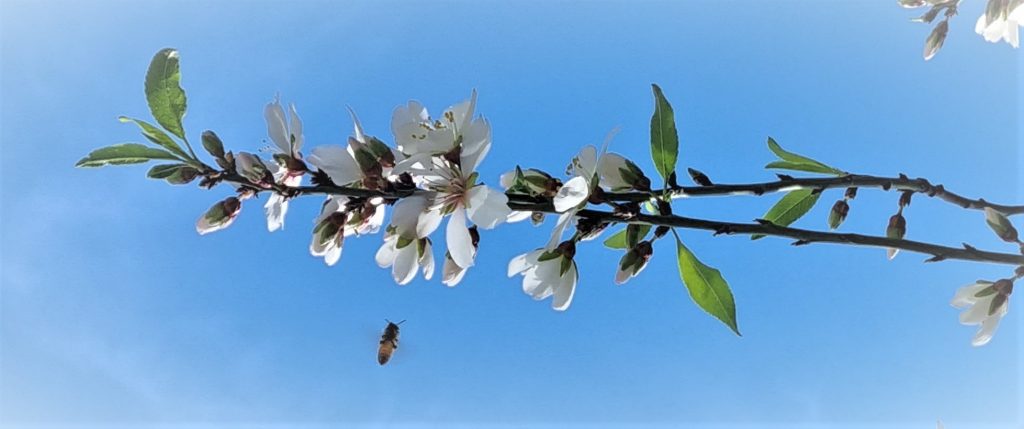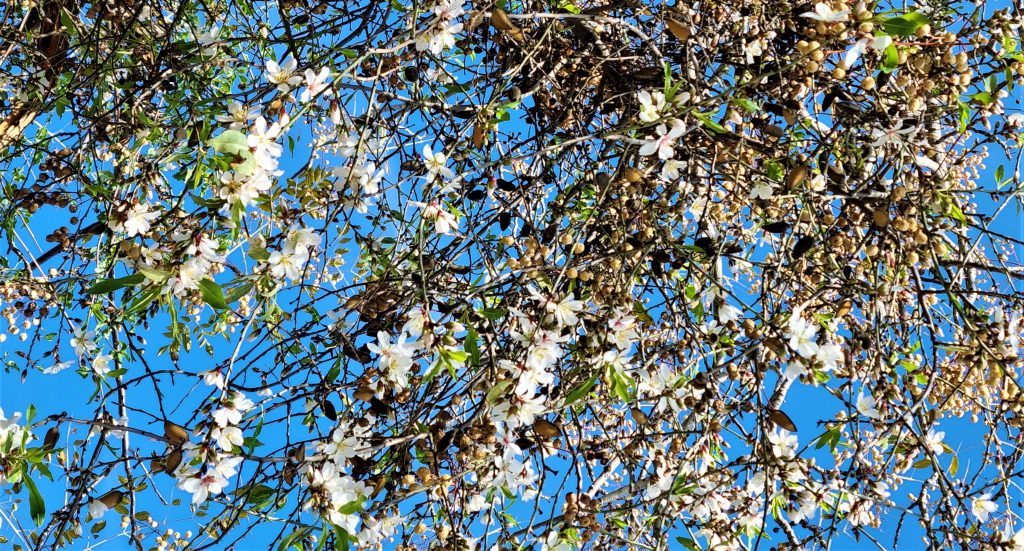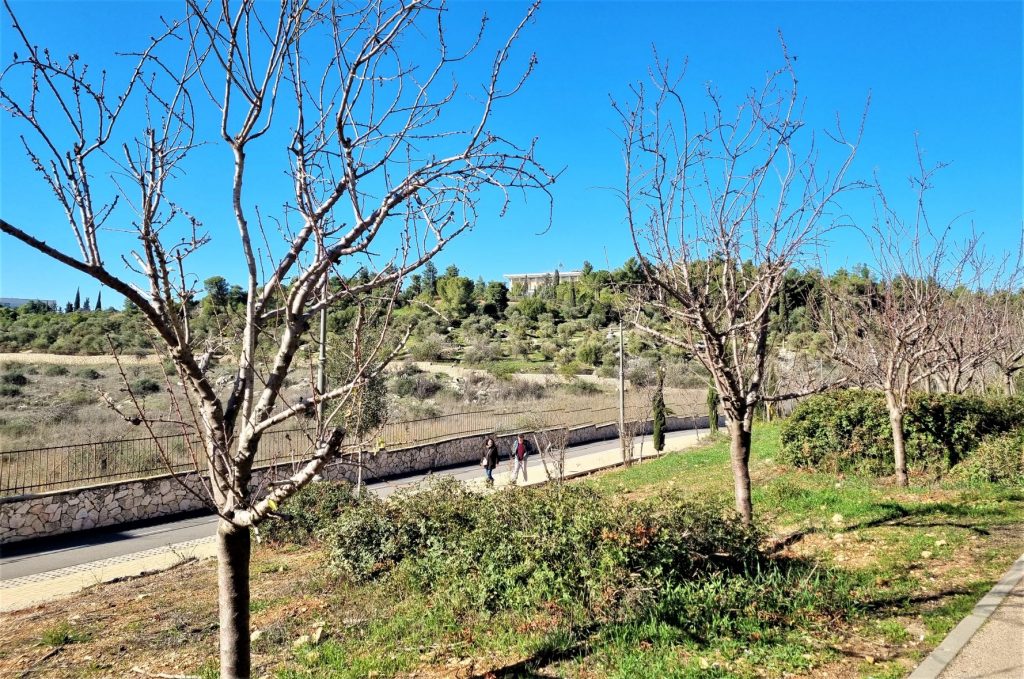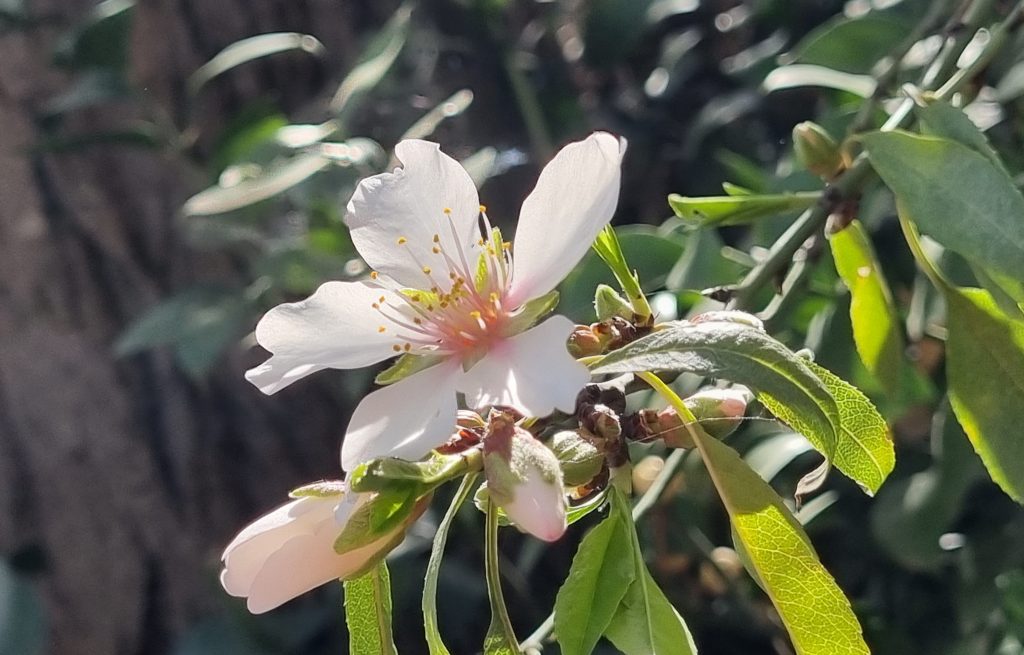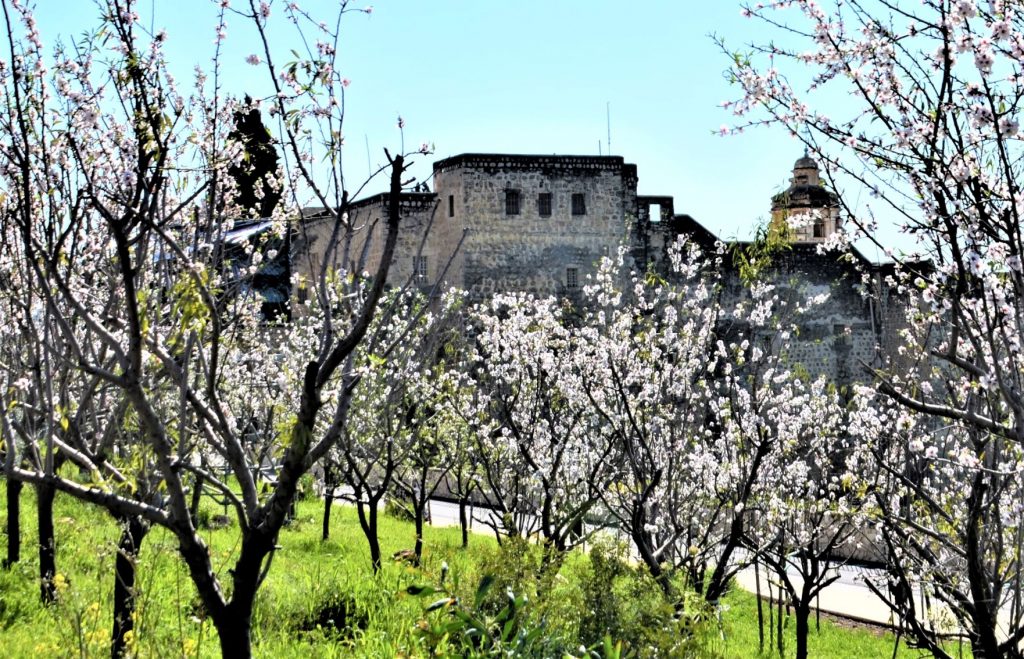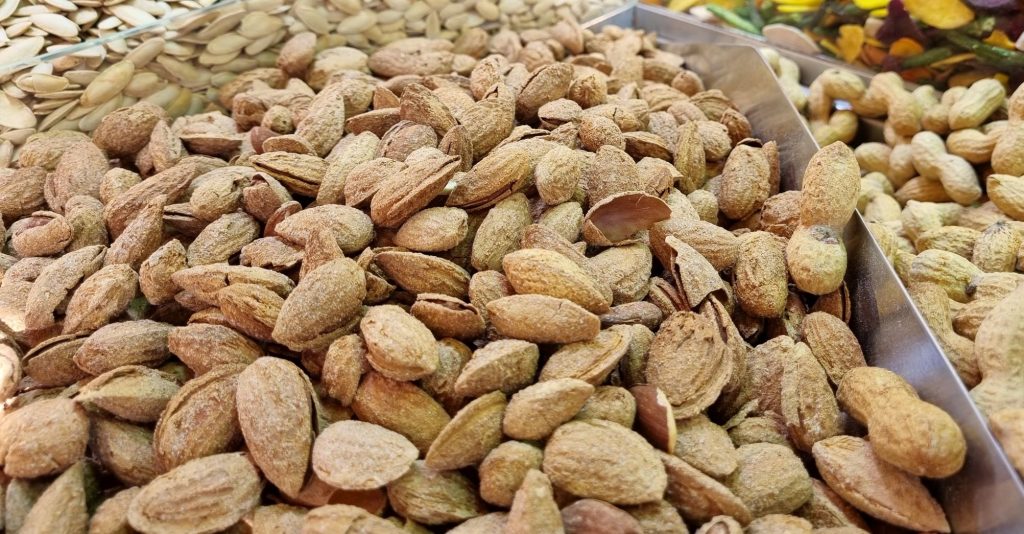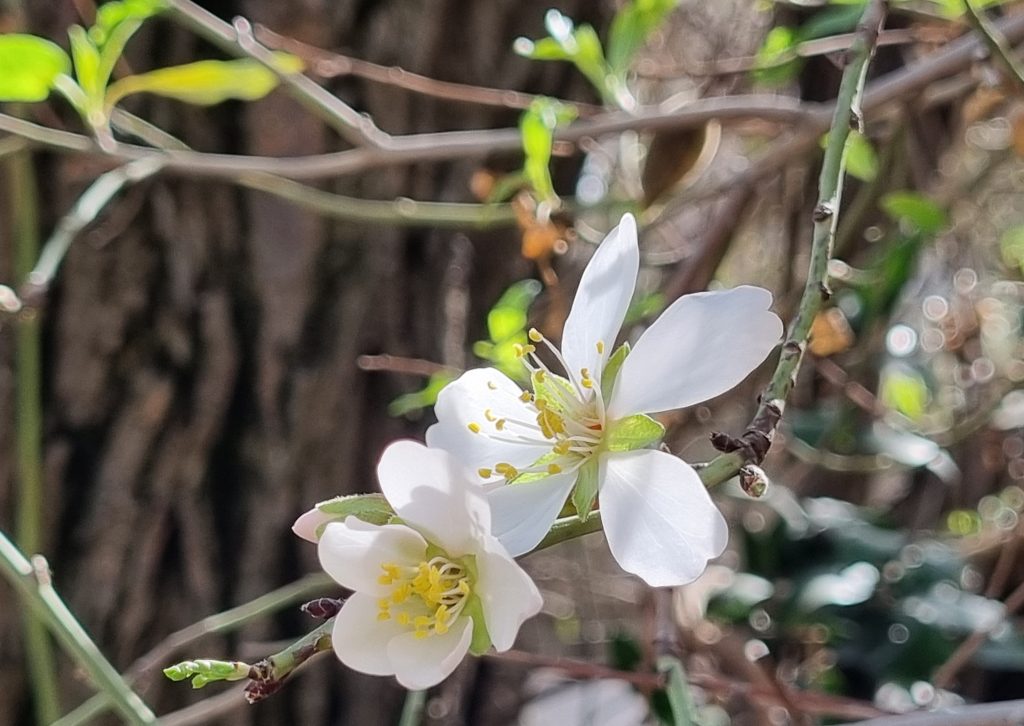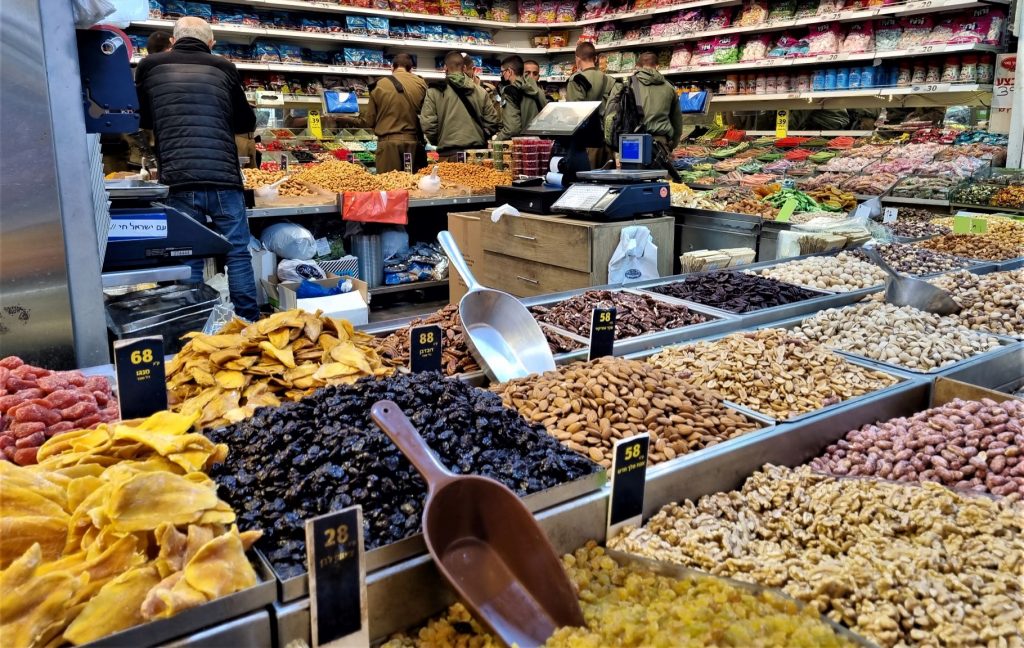What a week, this was an unusual week!
The weather went from sunny and spring-like to cold, wet, and rainy. Here are a few highlights for you of what happened on the Jerusalem streets as January ended and February began.
Monday
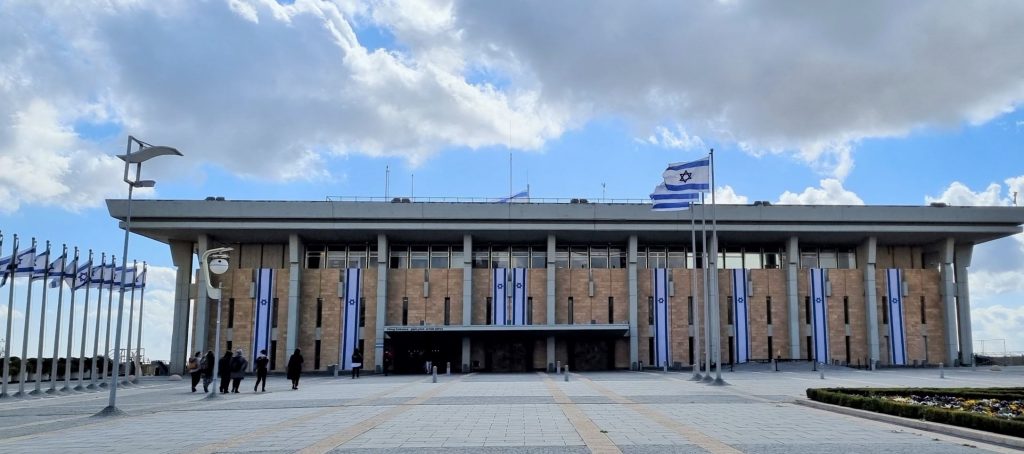
Monday at the Knesset there were clouds gathering – weather-wise.
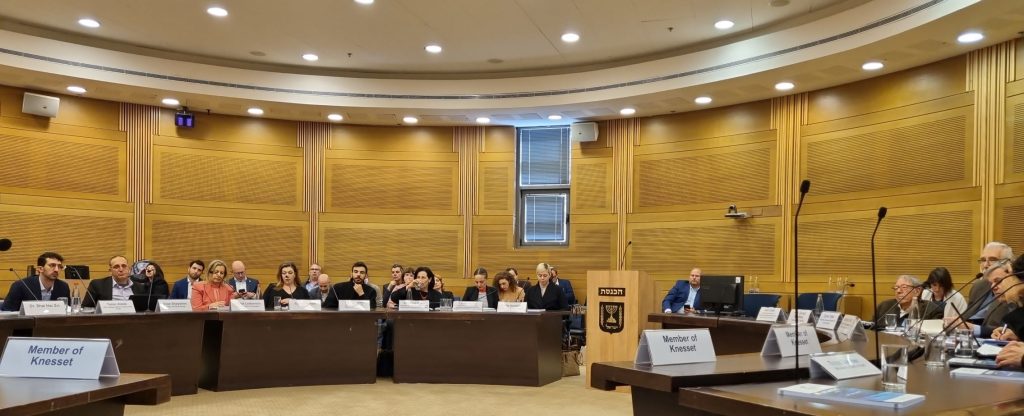
Inside the Negev Meeting Room, a meeting was held to discuss the hot issue of the government report on antisemitism that was released to the public.
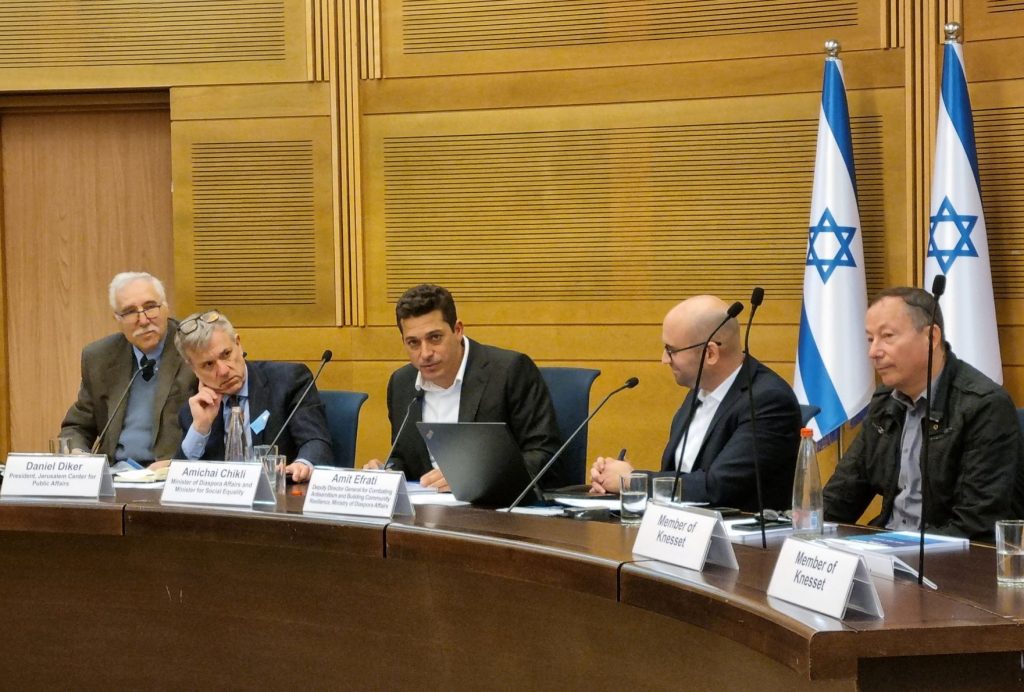
Convened by the Israeli Minister for Diaspora Affairs and Social Equality Amichai Chikli, the meeting included leaders of organizations involved in the field and personalities active in social media.

Various Members of Knesset arrived, spoke, and left. It was a busy day with meetings throughout the building. I liked seeing one tour for individuals in wheelchairs and another for young mothers with babies in strollers.
The bottom line, antisemitic attacks have increased.
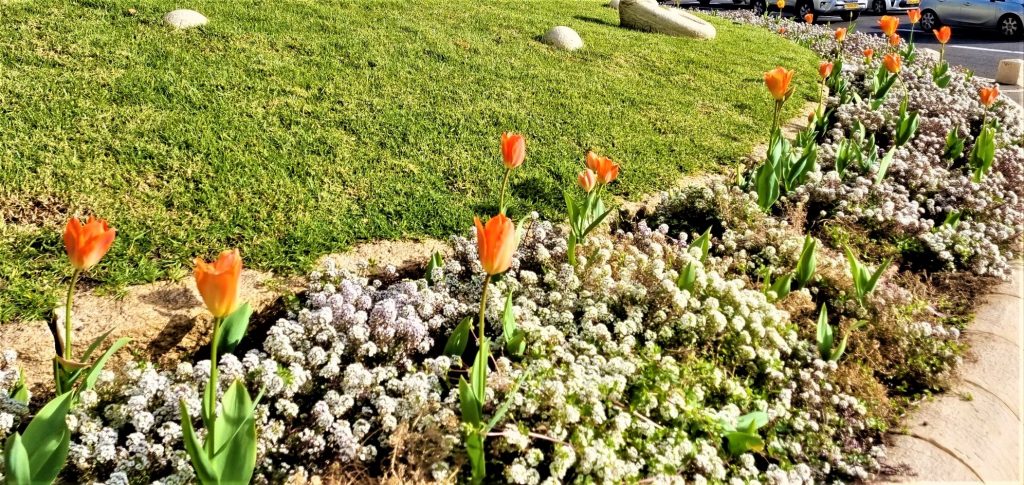
Outside the Knesset orange tulips were open in the sunlight in Jerusalem.
But at night the rain began as we attended a wedding in Beit Shemesh.
Tuesday
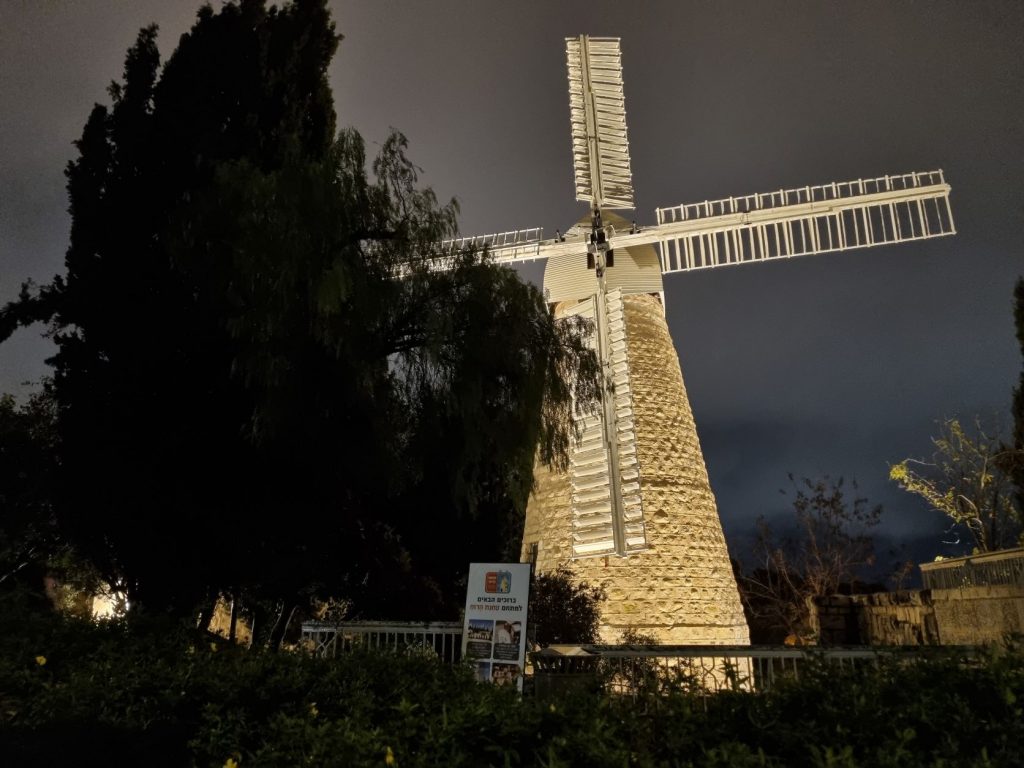
The Montefiore Windmill was lit at night on my way to Yemin Moshe.
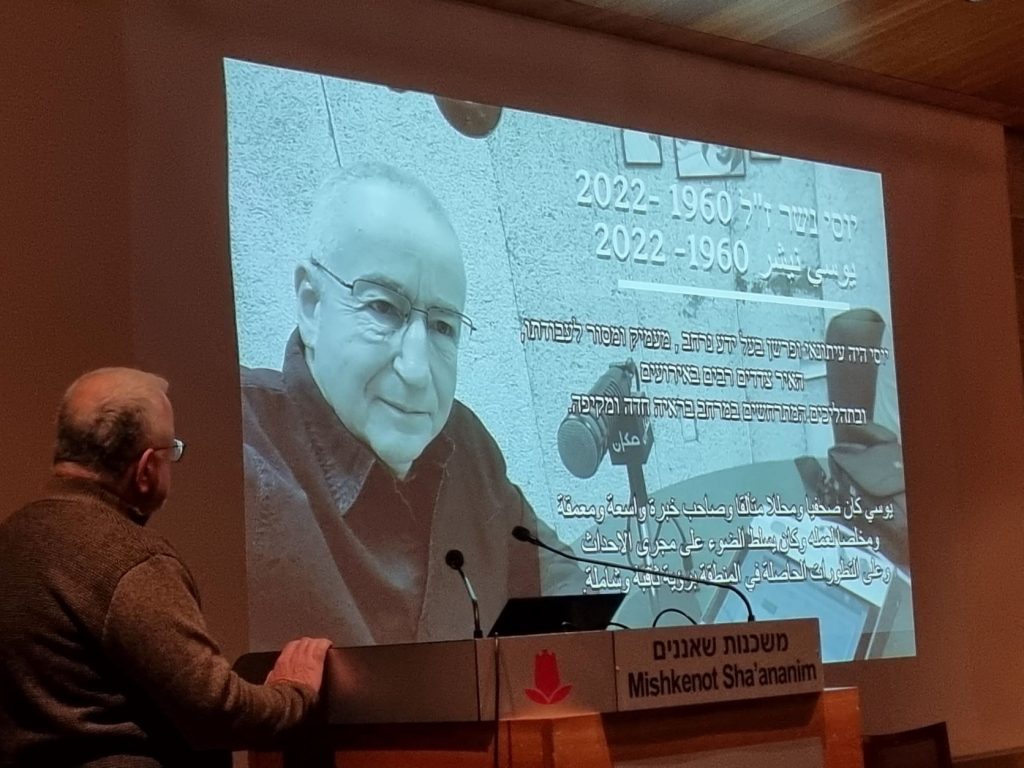
An interesting evening in Mishkenot Sha’ananim hosted by the Jerusalem Press Club was in memory of Yossi Nesher z”l. An Israel radio Arabic-language broadcaster, he spoke to the new immigrants from Arabic-speaking countries in a language they could understand.
Glad I took an umbrella. I walked home in the rain, pouring rain.
My boots were finally dry enough to wear again by Friday afternoon.
With the rain pouring down, it was a good time to stay home and zoom.
Wednesday
A CAMERA webinar highlighted a serious issue in US public education.
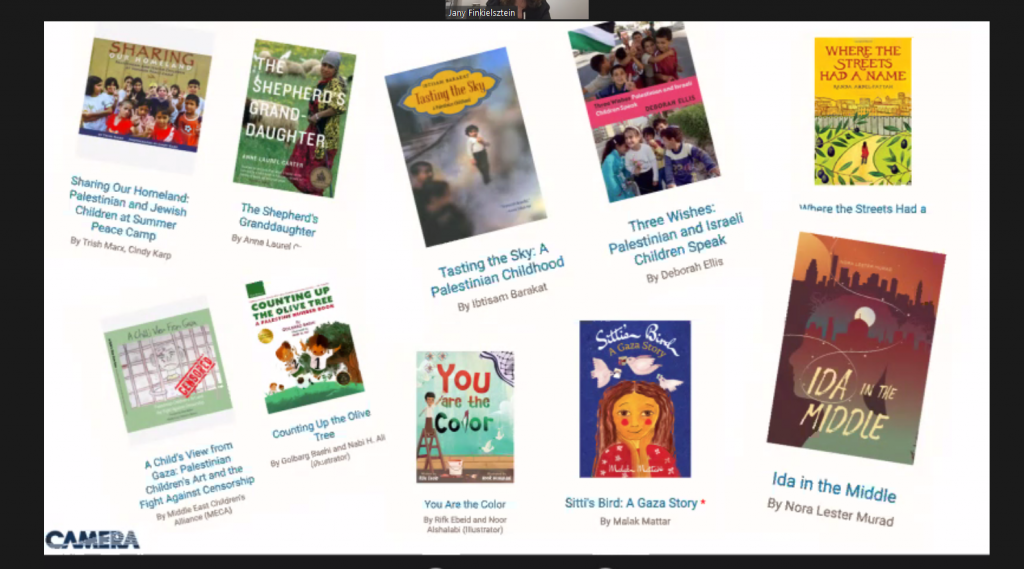
Ethnic study activists are promoting courses that are anti-Israel and support BDS, through Teacher Development training, community groups, and classroom materials. With no standards and no transparency, political activism is getting into schools. Too many are unaware that these courses vilify Jews and are meant to turn children against Israel.
Thursday
On Groundhog Day 2023 – Punxsutawney Phil predicted 6 more weeks of winter in the US, but in Jerusalem, Israel we had a little sunshine.
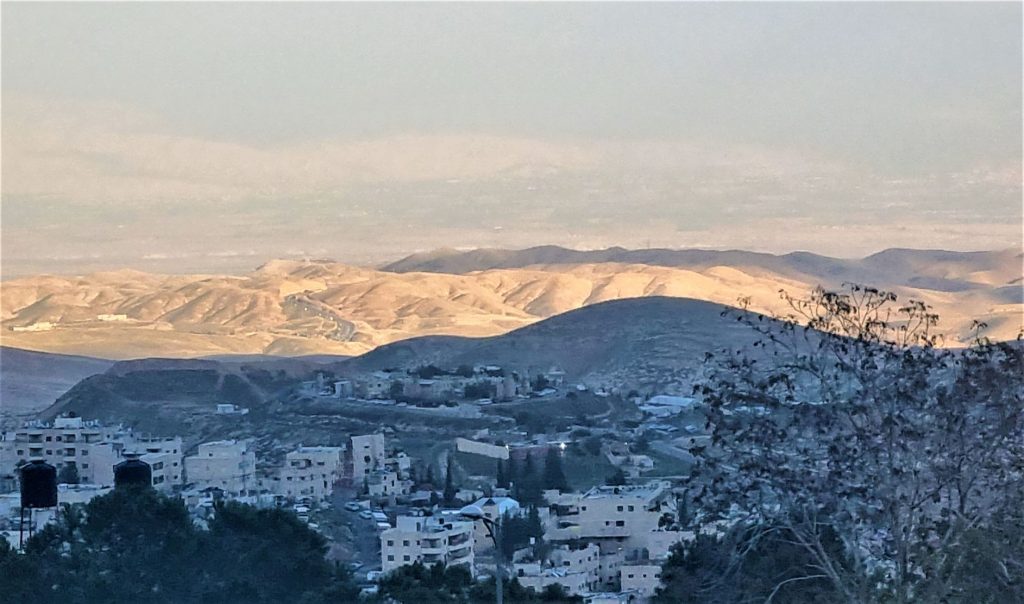
Here’s a view from a sixth-floor window at Hadassah Hospital on Mt Scopus in the late afternoon.
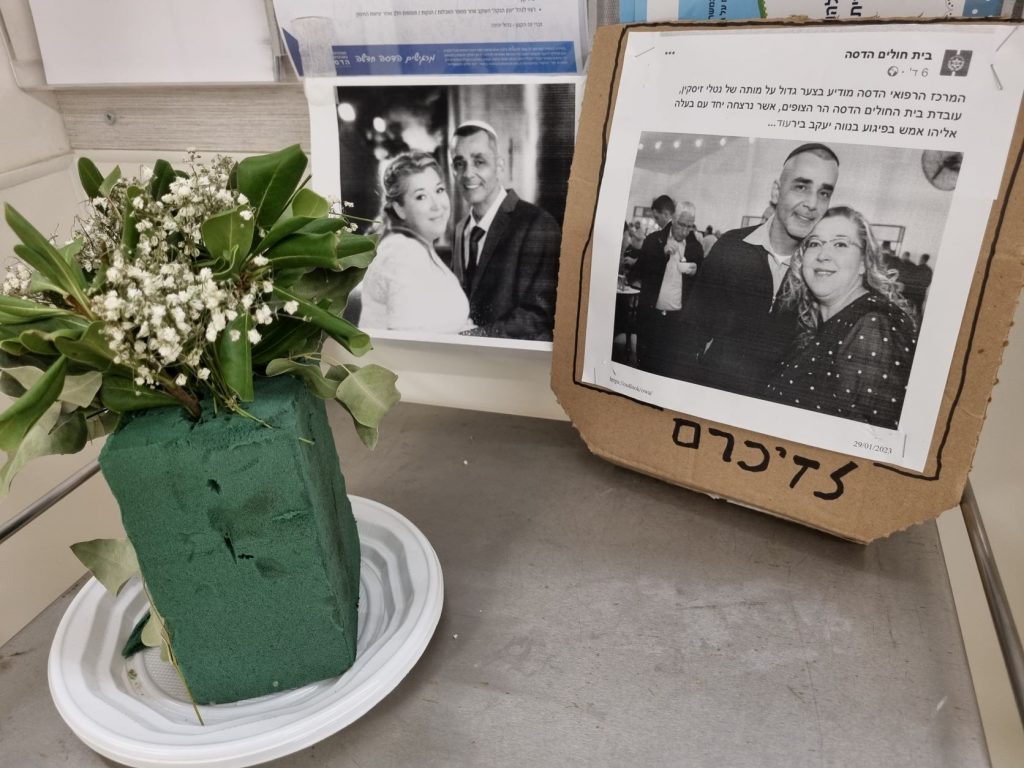
How sad to see the memorials inside of Eli and Natali Mizrahi z”l, who were murdered in Neveh Yakov by a terrorist the week before. She had worked at the hospital.
Friday
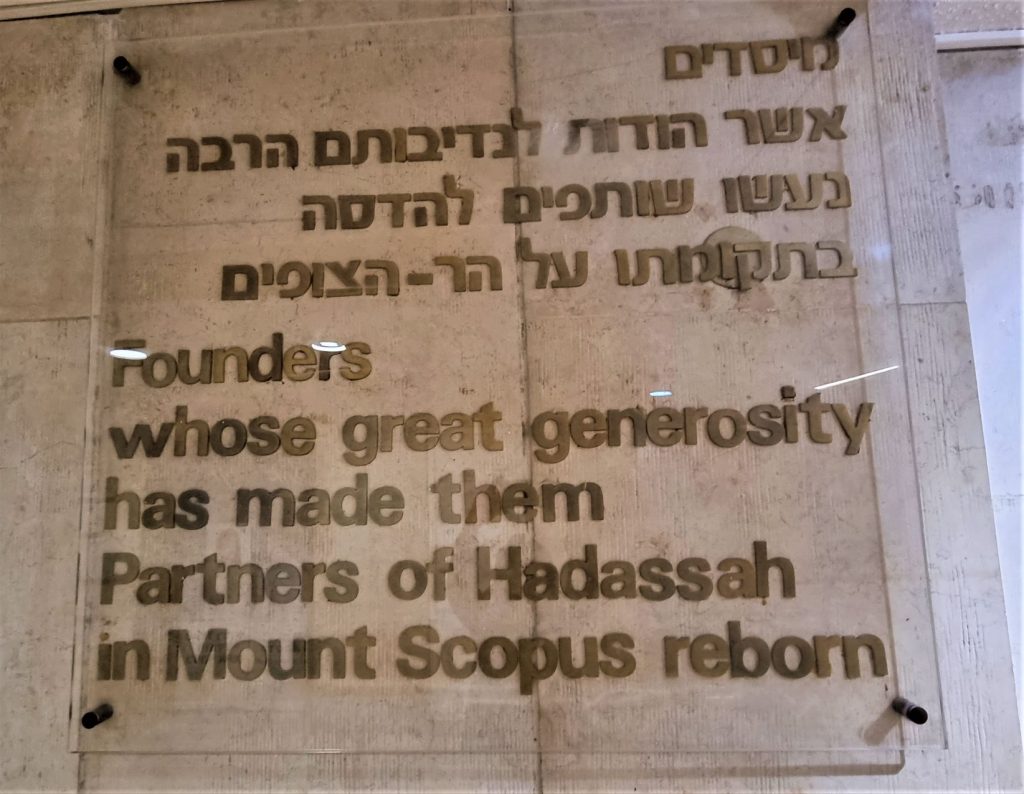
On Friday I noticed this sign near the exit to the “Founders whose great generosity has made them Partners of Hadassah in Mount Scopus reborn.” Remember this Jewish hospital was not accessible from 1947-1967.

And sitting near the sign was an elderly Arab man in a Yad Sarah wheelchair. Oh, the not-so-simple Jerusalem streets!
Shabbat
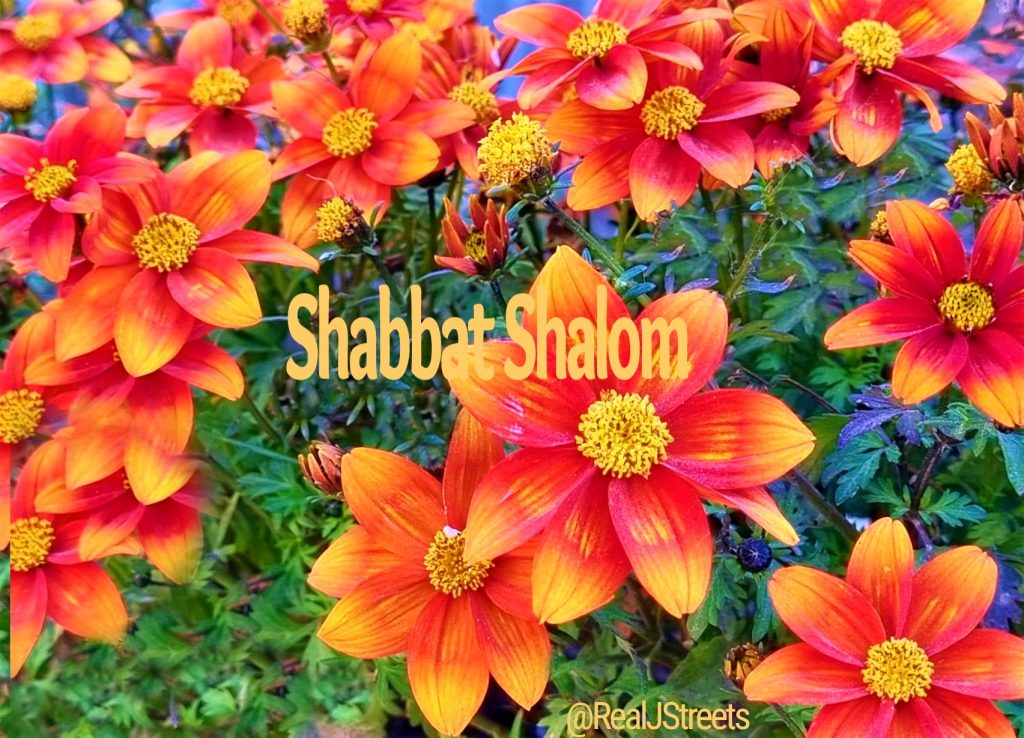
The flowers were so colorful – perfect for a simple Shabbat greeting.
Tu Bishvat
It’s that fun time of year again! The almond trees bloomed early.
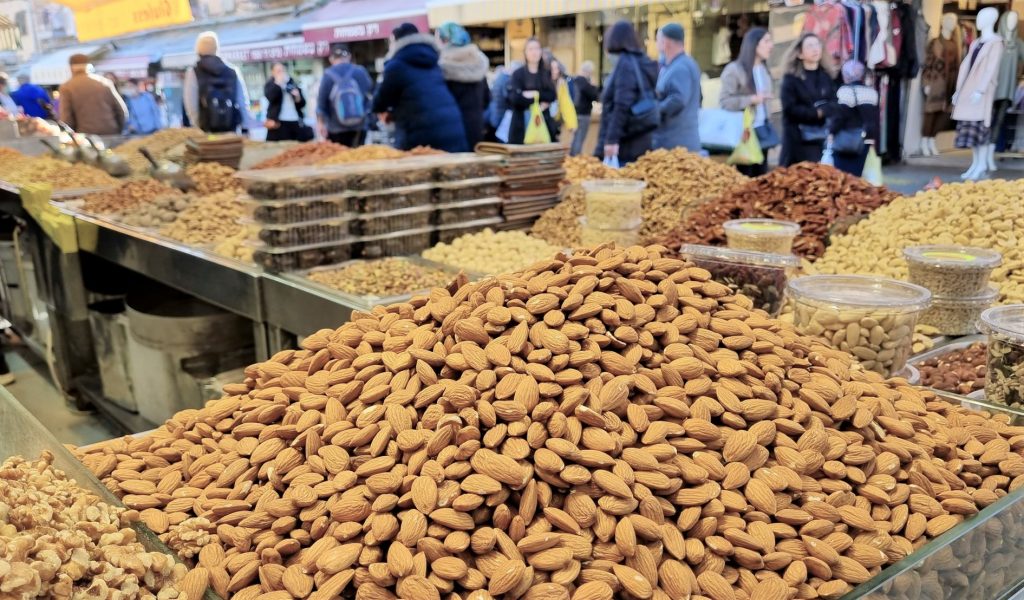
Remember it was all almonds last year? Now off to find something new to share next time from the multiple Tu Bishvat events.
February has only begun, just another week in Jerusalem with so much more happening soon! Come and see for yourself or host an online tour.
